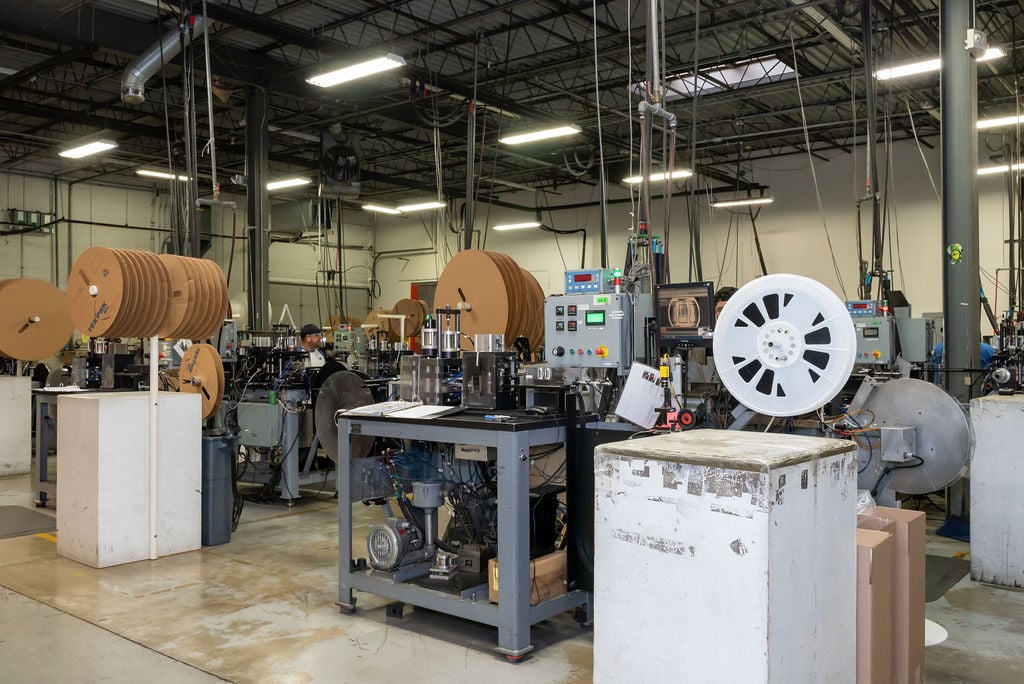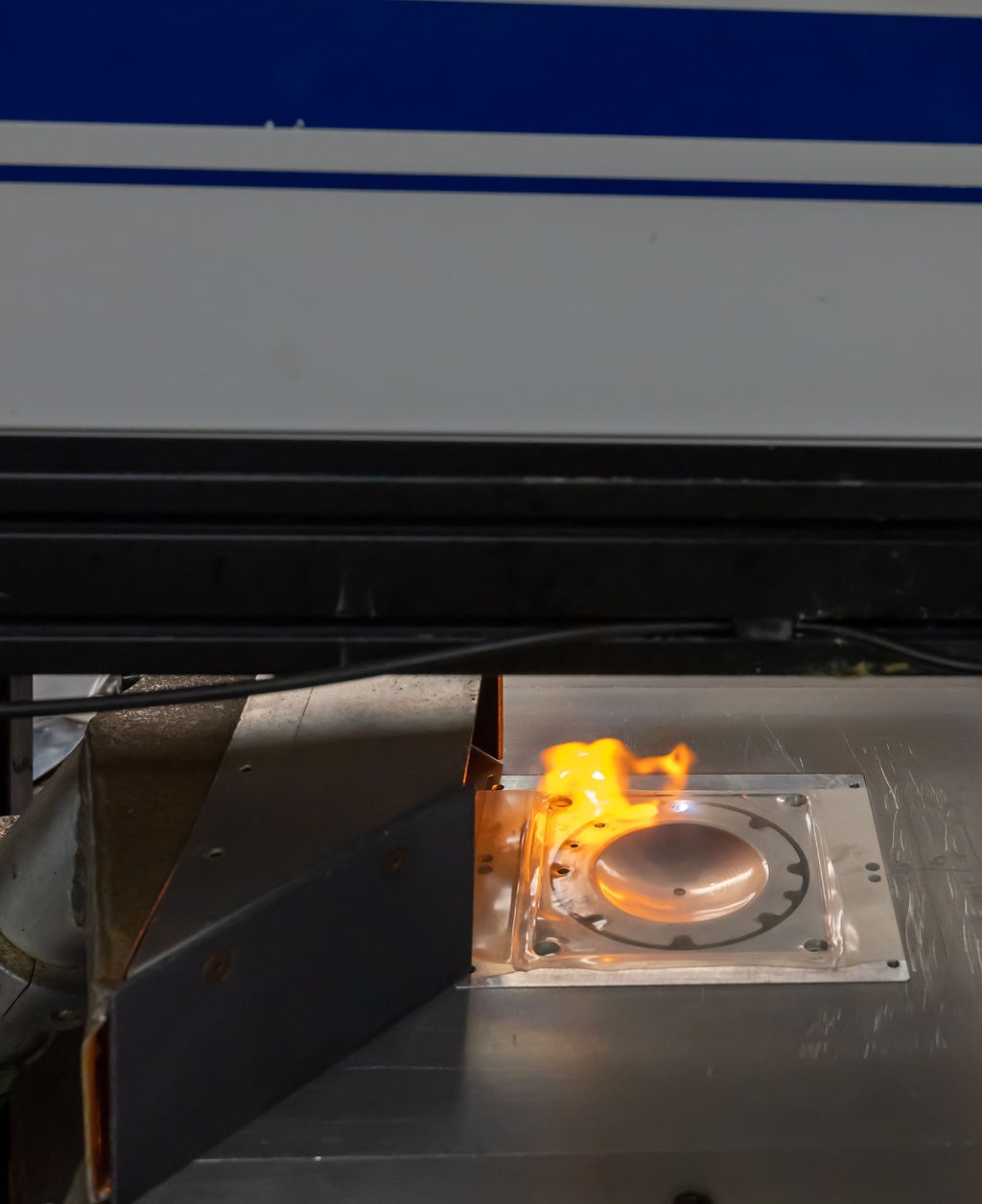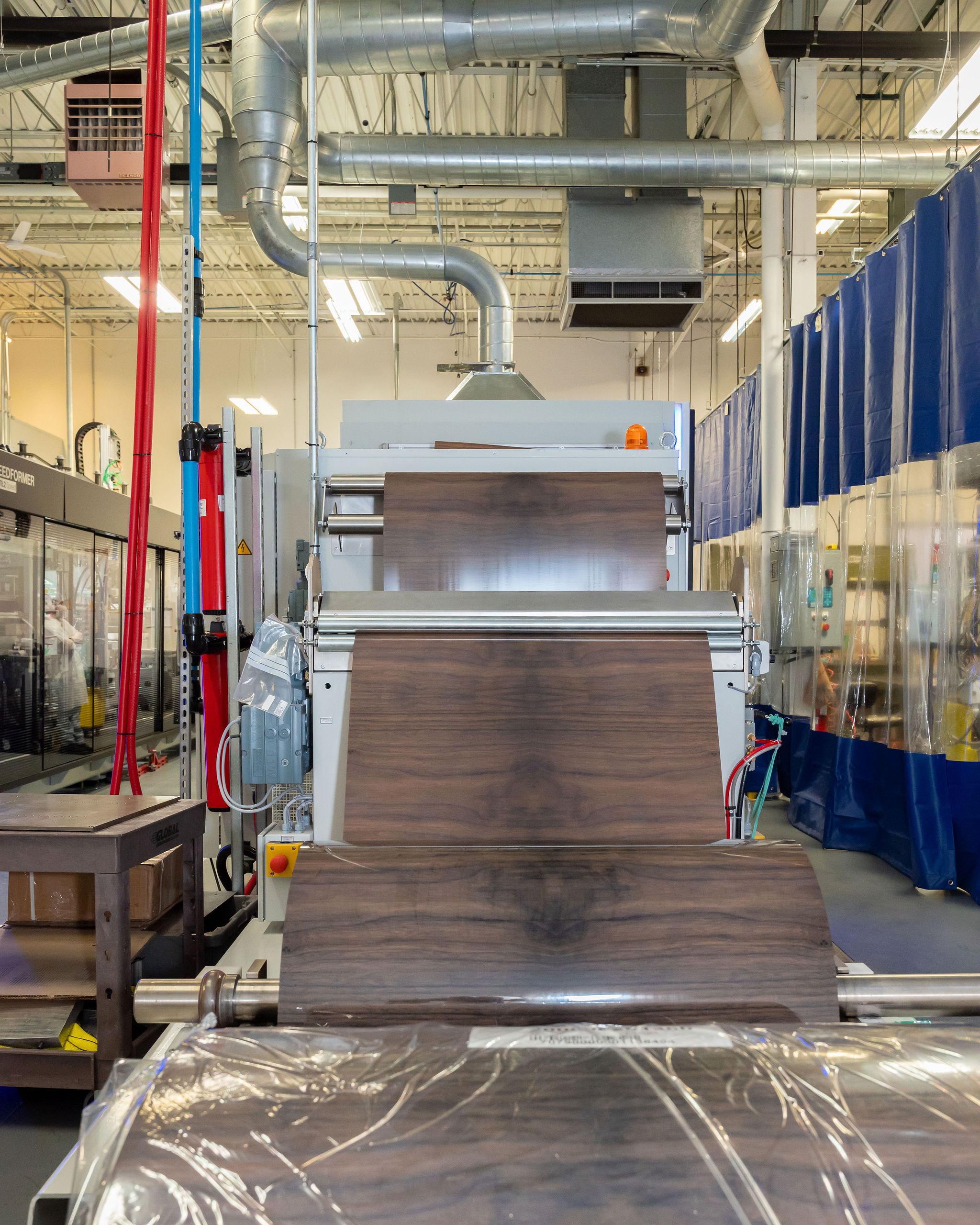A Clean Planet
Environmental safety includes our ecosystem's air quality and sustaining our resources to provide a clean and healthy environment.

For longer than most of us can conceive, humans have been carbonizing our planet, and for decades scientists have warned us of the resulting global climate change. According to the Intergovernmental Panel on Climate Change (IPCC), the United Nations body for assessing the science related to climate change, "it is undeniable that human actions have impacted the planet, resulting in the warming of the atmosphere, ocean, and land."
Environmental sustainability is the challenge we now face. Do we have the ability to maintain the ecological equilibrium of our environment and conserve what natural resources we currently have for generations to come? The overwhelming answer is YES. Every country has different regulations and interpretations, and some countries and states have much more restrictions than others. While there is no overall requirement, governments and people worldwide agree that we all must do our part.
Every company has a responsibility to do its share to help contribute to environmental sustainability. As the world economies continue to explode with the accompanying growth in GDP, the results lead to excessive energy consumption. Today, many leaders agree it is time to take a step back from that consumption and figure out a new way that is more environmentally friendly.
It will take environmental, social, and government changes to create sustainability. Many programs and regulations have been suggested, implemented, and in some cases, succeeded. In contrast, most have failed to gather the buy-in and momentum needed to truly make a difference. But the consensus is growing that we have already surpassed the breaking point for our planet where we can no longer sustain what we currently have built.

The result is a growing worldwide alarm, and countries like Canada have initially banned certain petroleum products. As we build towards trying to make up for the past and halting the continuing decreasing spiral, we need to look at three separate pillars of sustainability.
If we can find a way to work together to establish these three pillars, we may be able to build a sustainable environment for the future.
The future cannot be too hot to handle. Clearly, action must be taken now that is intentional, committed, and beyond all other measurements: effective. The global warming that we all face cannot be allowed to continue. Environmental sustainability is the most important component for our planet and our human species to survive.
Environmental safety includes our ecosystem's air quality and sustaining our resources to provide a clean and healthy environment.
Economic development builds an economy that does not compromise future generations but maintains our current financial benefits.
Social development, social fulfillment, and continual access to end poverty and hunger can only be accomplished by improving education and healthcare standards and sanitation and water quality.
Carbon Neutral is a term used to describe a situation where a person, household, business, factory or any other group that produces carbon dioxide only admits as much carbon dioxide into the atmosphere that can be offset by other means. Making changes like driving electric vehicles, turning off lights, and installing solar panels are all changes that can help reduce the amount of carbon dioxide released.
In the years to come, preserving our environment as we know it will become increasingly difficult to maintain without making changes in our lifestyles to reduce our footprint on this earth.
15 Sustainable Materials to Look Out for in 2023 [Full Guide] (mindseteco.co)
These are just a few. For information on recycled plastic contact Tek Pak Customer Service. To learn more about some of the other sustainable materials available, check out this link.
Plastic is used in a wide variety of objects. From cups and bowls to complex thermoforming tools, plastic is one of the most commonly used materials to create these things. Since there is such a high volume of this material, understanding how it should be recycled and the benefits that come with that can make a significant impact on protecting our environment. This short video from the Waste Reduction Education Action Committee (WREAC) can help teach you the best practices for recycling plastic, as well as other common recyclable materials.
At Tek Pak, we are committed to sustainable and environmentally-conscious manufacturing practices. Our Vice President of Innovation & Sustainability, Dr. Scott Carter, wrote an article on the critical role that plastic thermoformers are taking in the fight against climate change. We are also keeping track of global current events, such as the ongoing Global Plastics Treaty negotiations.
Tek Pak, Inc. an award-winning company, has long been committed to recycling and repurposing. Any unused material, edges, trims, and cutouts of parts produced here are recycled. We often use customer-provided material, and those scraps are returned to the customer for recycling and reuse. Any recyclable material that is not returned to a customer is then sent to a local recycler here in the Fox Valley. Those materials are then recycled into pellets and are then returned to Tek Pak. The recycling circle is then completed, and those pellets are used in our extrusion process and made into carrier tape.
Repurposing started when Tek Pak was founded back in the '90s. The first carrier tape machine ever built was in itself a total repurposing of other machines, parts, bolts, etc., all harvested from other equipment that was no longer in use. That tradition remains today, and any equipment, even office furniture, is stored and then repurposed whenever possible to fill a current need.
Recycling unused portions of materials and saving items to be used in a new way are good starts, but they are by far not enough. Recently, the leadership team at Tek Pak agreed and committed to an ambitious goal to ensure that Tek Pak will have a zero carbon footprint by 2033. While 2033 seems to be eons away, it isn't. To start the journey to this vital goal, all buildings in which Tek Pak operates are scheduled for complete energy audits and recommendations by a third party. The results of those reports will guide the remodeling and refurbishing schedule to start later in 2023. Tek Pak also has plans to ensure that any vehicle purchased by the company will have to be energy efficient, and eventually, all will operate using an alternative power source. In addition, Tek Pak is planning to start the process of certification to ISO 14001:2015 in 2024 with completion by 2025.
Tek Pak is very proud of its ongoing partnership and collaboration with PulPac, which like Tek Pak, is dedicated to innovative and viable sustainability packaging solutions.
These are the first positive steps, with many more to come and many more that will be needed to ensure that Tek Pak has a zero carbon footprint by 2033.
.jpeg?width=680&height=1949&name=Blank%202%20Grids%20Collage%20(1).jpeg)
Since the early 2000s, the world has been seeing rapid growth in the consumption of resources (electricity, water, food, etc.) due to advancements in technology, streamlined production lines/processes, and an increasing population. Due to this, sustainable business processes and proper recycling are more important now than ever for packaging companies. At Tek Pak, we are taking all the necessary steps to make a difference.
Exact recycling requirements may vary by state. Many states are currently reviewing guidelines and potentially making changes in the future. At Tek Pak, we encourage individuals and companies alike to stay informed on the constantly evolving conversation around sustainability so that they can continue doing their part.
